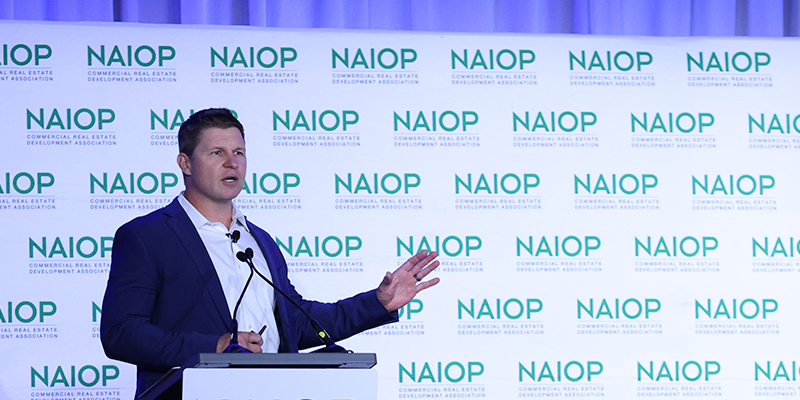Almost every day, another news article pops up about how the workplace is changing. While this isn’t a fresh topic, said Phil Mobley, director of US occupier research with Avison Young in a NAIOP webinar this week, discussion increased with the onset of the pandemic in early 2020.
On the bright side, office talk has stabilized now that both employers and employees affirm that remote workers can be successful, but it’s still debatable about what the changes mean for commercial real estate, and the office sector in particular.
The biggest driver of the continuous evolution of traditional office is the war for talent. A tightening labor market has shifted the balance of power to flexibility-craving employees, and talent has proven its effectiveness to work remotely. In other words, talent is winning the war.
The Great Resignation has also made its way to knowledge work. The trend that largely began with employees in the hospitality/leisure and retail sectors – with six out of every 100 workers quitting – is expanding. Toward the end of 2021, resignations among knowledge workers, including professional/business and information industries, began rising and hit levels of three out of every 100 workers.
What does talent want? The list is long, topped by higher salaries for lower-wage jobs. For knowledge workers, a wfhresearch.com study of 55,000 U.S. respondents who can work from home (WFH) shows that 32% of them want to do it permanently. This means that two-thirds don’t want to WFH all the time, but a large majority of them want a hybrid offer with access to both environments.
The success of a hybrid work schedule dates back more than a decade to a 2010 Ctrip (now trip.com) pilot program that allowed a segment of its call center workforce to work remotely. Overall, the company saw a 13% increase in productivity. After the trial, the company made the option available to all employees, resulting in 22% higher productivity. In 2021, trip.com implemented a three-days in, two-days out schedule, which resulted in overall higher job satisfaction, a 30% reduction in resignations, and fewer sick days.
That’s not to say there aren’t pitfalls to a full-time WFH or hybrid schedules. Possible promotion penalties – where remote employees are passed over for promotions in favor of employees full-time in the office – is a leading concern, as well as relationship erosion between coworkers and managers. In addition, not all home offices are created equal, and nearly one-third lack reliable broadband or dedicated home office space.
What does this mean for the workplace? Studies show that workplace quality matters a great deal, and that excellent offices attract the greatest talent. The big “Return to Office” has been repeatedly delayed with the rise of the delta and omicron variants, so while these theories are still yet to be tested, it’s safe to expect greater support for support for remote workers, including technology, ergonomic equipment and flex workplace memberships.
Instead of traditional seas of cubicles or rows of individual offices, newer or redesigned workspaces will be fit for purpose, with a greater mix of both focus and collaboration spaces. Investment in proptech is expected to accelerate even greater than the $9.5 billion invested in 2021, particularly on access control and booking, IOT/sensors and communications.
For the office market, it’s going to be a slow and uneven recovery, taking time for office fundamentals and foot traffic around CBD office buildings – still down 60-70% in some major markets – to return to pre-pandemic levels. Some markets, including San Francisco and Manhattan, were hit harder than others in terms of absorption and pricing, and there’s relative strength in secondary markets and suburban areas. Total office investment in suburban offices hit 68% last year, and central business district office markets claimed less than one-third – the lowest percentage since 2009.
NAIOP members can view this webinar recording and access the Mobley’s presentation on the NAIOP website.








